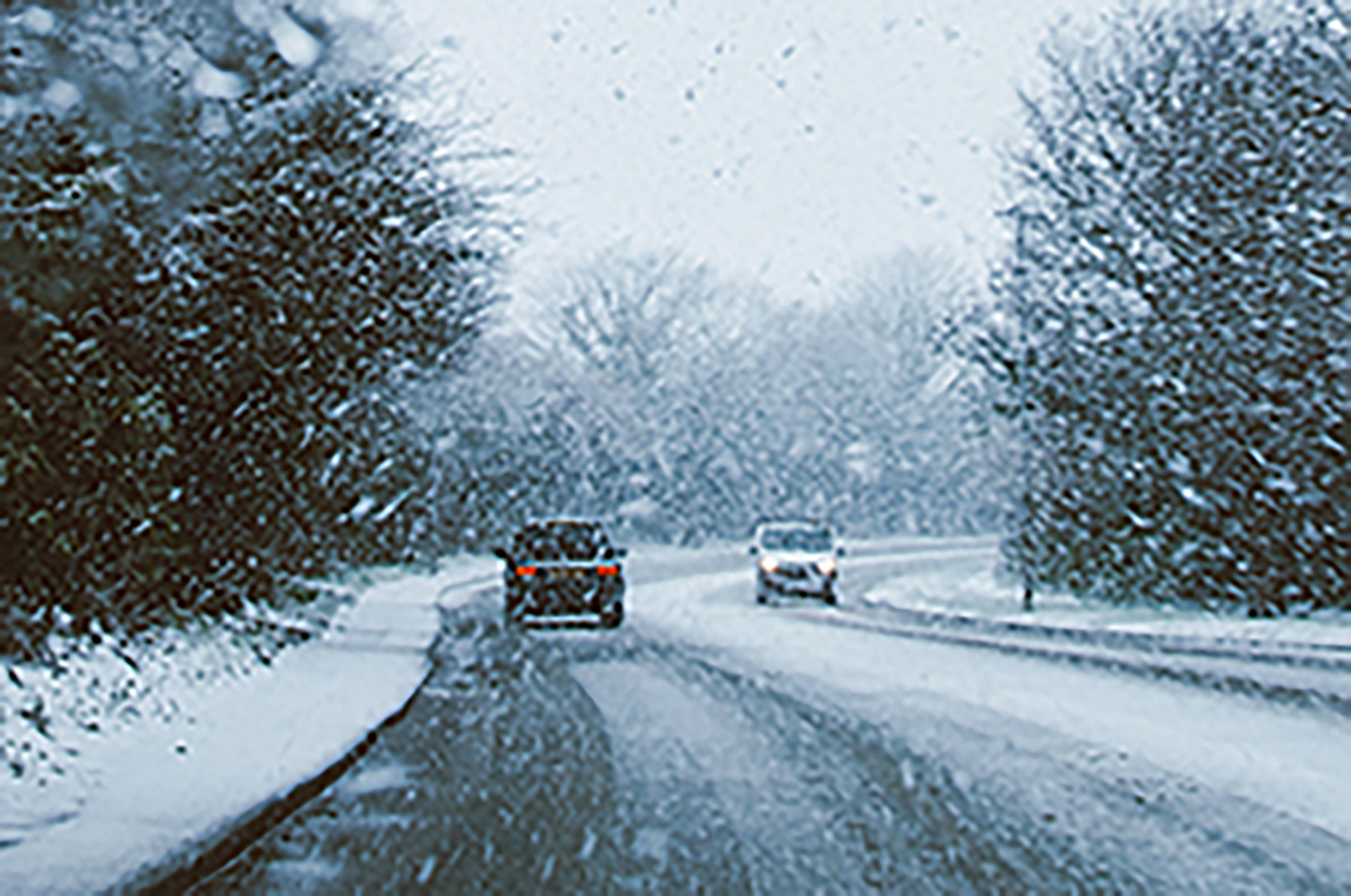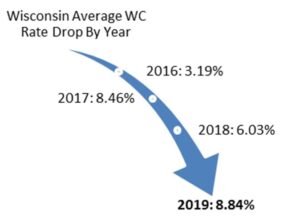Tips for Winter Weather Travel

Save as PDF
Nobody ever wants to be stuck in traffic or on the side of the road. However, a situation that is typically more of an annoyance than a safety concern can become increasingly hazardous when dealing with winter weather or freezing temperatures.
An excellent example of this is the recent traffic nightmare on I-95 which Virginia Sen. Tim Kaine referred to as “dystopian” and which left some motorists stuck on the road for over 20 hours, many with limited supplies and means to stay warm. Thankfully, emergency crews were able to provide water and means of warmth to those in need, and none of the thousands involved were seriously injured.
With the possibility of another major winter storm next week and several more months of winter travel ahead, our Personal Insurance team at Scott advises you to take a few moments to create a winter travel checklist and prepare an emergency kit.
Winter Travel Checklist
Prepare your vehicle. Be sure your tires are properly inflated, your windshield wipers are working well, all your fluid levels are where they should be, and your battery is in good shape.
Check the weather and road conditions. Before you get in the car, check the weather and road conditions along the route you will be travelling. If there is a possibility of hazardous weather and travel is not essential, stay off the roads.
Look for alternate routes. If there are particularly hazardous areas you would normally travel through, check your GPS or map for an alternate route.
Dress appropriately. Even if you think your trip will be quick and that you do not need to layer, you could become stranded and need the extra warmth. You can always take off extra layers later if you get too warm but having them with you could make all the difference in a hazardous situation.
Let someone know. If possible, let a family member or friend know where you will be traveling and when you should arrive at your destination.
Top off your tank. Be sure to have a full tank of gas before traveling. Should you become stranded, running your car’s heater is the best way to stay warm.
Have a winter weather emergency kit in your car.
What to Include in Your Winter Weather Emergency Kit
Extra layers (jackets, coats, hats, scarves, gloves, socks, boots, etc.)
Blankets
First-aid kit
Signaling device (flares, signaling cone, etc.)
Non-perishable foods (protein bars, trail mix, etc.)
Water bottles
Phone charger
Flashlight and extra batteries
Pet food (if applicable)
Extra medicines (if applicable)
Small shovel and ice scraper
Bags of sand or kitty litter (for gaining traction and weighing down back of vehicle)
Should you find yourself stuck in traffic or on the side of the road during winter weather, staying at your car until help arrives is nearly always the safest option. If you try to venture away from it, you leave the only sure heat source and shelter available.
First, contact your roadside assistance company or emergency workers. To stay warm while waiting for help to arrive, run your car and heater intermittently. This will help conserve fuel and avoid the potential of carbon monoxide poisoning. Also, be sure to keep your car’s exhaust pipe clear of snow and ice. Use the supplies in your emergency kit as needed until help arrives.





